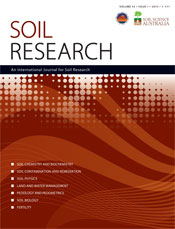SR14118The ameliorating effects of biochar and compost on soil quality and plant growth on a Ferralsol
A pot experiment was conducted to test the hypothesis that application of biochar and compost improve soil fertility and plant growth. Application of compost with fertiliser significantly increased plant growth, soil nutrient status and plant nutrient concentration. Maize shoot biomass was significantly correlated with chlorophyll content, root biomass, plant height, and specific leaf weight. Compost and biochar additions significantly reduced leaching of nutrients, improved the retention of water and nutrients by the soil and thereby uptake by the plants.




